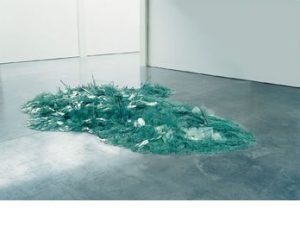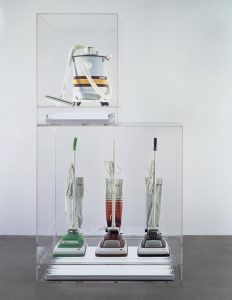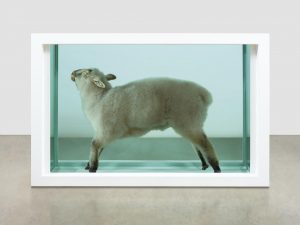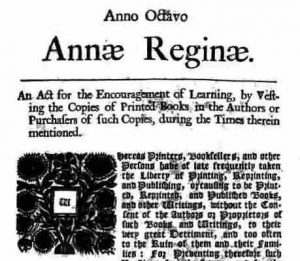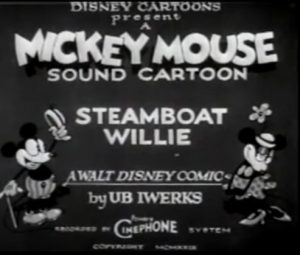The way in which Postmodernism poses interest to me is that of its revealing nature that can only be accessed upon the deconstruction of the work one may be looking at. Robert Smithson’s “Map of Broken Glass” can be seen from one angle to just be a pile of fragmented shards piled neatly in the middle of the room. But if one took the time to gain an aerial perspective of the piece it becomes clear that “As the glass glittered under gallery lights, the work appeared like a magical relief map” (Hodge, 2012). This new perspective allows for the viewer to see this mythical island that is in fact not just a pile of shattered glass but a doorway revealing a magical sight.
Jeff Koons had a different approach to revealing ideas and concepts to the viewers of his work. In his piece “New Hoover Convertibles, Green, Red, Brown, New Shelton Wet/Dry 10 Gallon Displaced Doubledecker” Koons exposes to us the psyche of the consumer. “Referred to broadly as ‘The New’ these works explored the way our fantasies and desires are transferred on to ordinary objects” (Tate, 2017). This showing us a way in which we as consumers work, we can almost see ourselves using the equipment within the Plexiglas cases.
Damien Hirst’s more provocative “Away from the Flock” shows us a more visceral conceptualisation within postmodernism. The Tate describes this work as a combination of “the pure clean lines of classic Minimalist sculpture, with the uncomfortably eviscerated flesh of a portrait by the painter Francis Bacon” (Tate, 2017). This is an immense clash of both modern and postmodern values in which the minimalistic straight white frame is caging this lifeless corpse within.
This idea of Postmodernism “deconstructing authority and the established order by engaging in the ideas of fragmentation, incoherence and the plain ridiculous” (Ambrose and Harris, 2010) truly resonates with me as it is almost a smidgen of what is implemented into my own work. I am passionate about deconstructing media and art as I feel it leads to the reveal of many fantastical and fresh ideas from other artists that can help me develop forward as a practitioner in the field of the arts.
References
Hodge, S. (2012). Why Your Five Year Old Could Not Have Done That: Modern Art Explained. London: Thames & Hudson, p.153.
Smithson, R. (1969). Map of Broken Glass (Atlantis). [image] Available at: http://pictify.saatchigallery.com/137012/robert-smithson-map-of-broken-glass-atlantis [Accessed 20 Dec. 2017].
Tate. (2017). ‘New Hoover Convertibles, Green, Red, Brown, New Shelton Wet/Dry 10 Gallon Displaced Doubledecker’, Jeff Koons, 1981-7 | Tate. [online] Available at: http://www.tate.org.uk/art/artworks/koons-new-hoover-convertibles-green-red-brown-new-shelton-wet-dry-10-gallon-displaced-ar00077 [Accessed 20 Dec. 2017].
Smithson, R. (1969). Map of Broken Glass (Atlantis). [image] Available at: http://pictify.saatchigallery.com/137012/robert-smithson-map-of-broken-glass-atlantis [Accessed 20 Dec. 2017].
Tate. (2017). ‘Away from the Flock’, Damien Hirst, 1994 | Tate. [online] Available at: http://www.tate.org.uk/art/artworks/hirst-away-from-the-flock-ar00499 [Accessed 20 Dec. 2017].
Hirst, D. (1994). Away From The Flock. [image] Available at: http://www.tate.org.uk/art/artworks/hirst-away-from-the-flock-ar00499 [Accessed 20 Dec. 2017].
Ambrose, G. and Harris, P. (2010). The visual dictionary of pre-press & production. Lausanne: AVA Academia, p.197.

